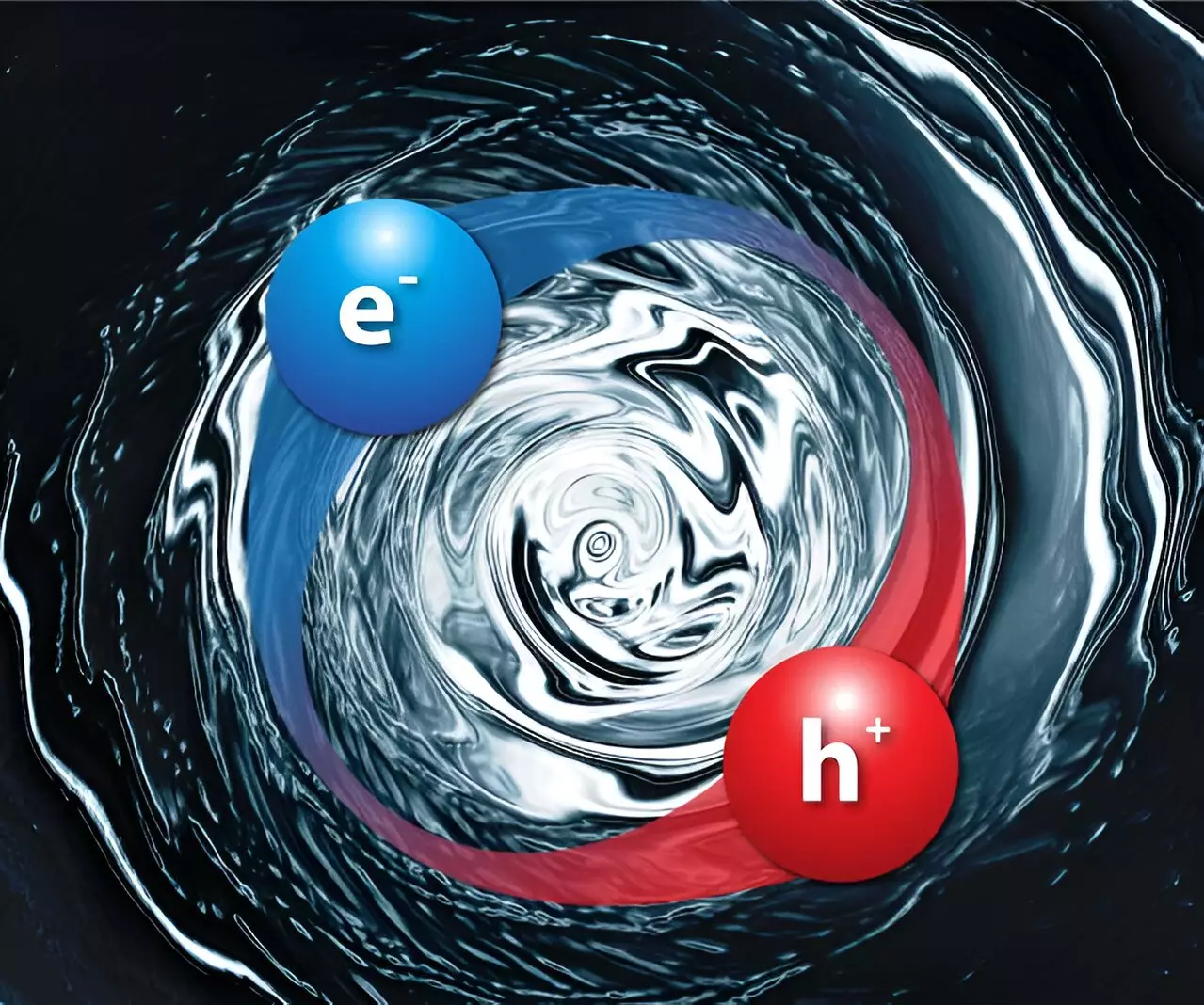Condensed matter physics has always been at the forefront of technological advancements, influencing everything from computer semantics to quantum computations. A recent breakthrough by Bruno Uchoa, a professor, and Hong-yi Xie, a postdoctoral fellow, both associated with the University of Oklahoma, delves into an exciting area of research involving excitons—bound states formed by electrons and holes. Their published findings in the *Proceedings of the National Academy of Sciences* unveil the potential discovery of a new type of exciton, one fundamentally different from previously understood varieties. This new class, termed “topological excitons,” appears to hold profound implications for next-generation quantum devices.
To grasp the essence of topological excitons, we must first explore the typical behavior of excitons in materials like insulators and semiconductors. Articulated simply, excitons arise when an electron pairs with a hole—essentially a spot left by the absence of an electron—creating a neutral particle. Traditionally, these excitons have been observed under confined conditions and are pivotal for energy transfer processes in materials utilized for advanced electronic devices. Uchoa and Xie’s research broadens this horizon remarkably by postulating the existence of excitons influenced by topological properties of Chern insulators.
Chern insulators are unique materials characterized by their ability to permit electrons to move unidirectionally along the edges while insulating internally. This notion is deeply rooted in topology, a branch of mathematics that explores properties that remain invariant during smooth deformations. Specifically, the concept of churn—the quantifiable number representing the key characteristics of a shape—plays a significant role in understanding these materials’ electronic characteristics.
Uchoa and Xie’s groundbreaking research details how excitons can inherit nontrivial topological characteristics from their host materials, such as Chern insulators, when precisely excited by various light forms. Their findings assert that when light interacts with these sophisticated materials, the resultant excitons can be classified as topologically distinct entities. This insight is particularly powerful because it shifts the understanding of excitons from merely physical entities to complex particles shaped by the very topology of their environment.
Significantly, when these emergent excitons decay, they are predicted to emit light with circular polarization, a feature that can be manipulated in terms of both direction and intensity. This circularly polarized light can serve as a mechanism for encoding and transmitting information, thus holding potential for applications in quantum communication and information processing.
The potential applications of topological excitons extend far beyond conventional optics. As identified by Xie, these topological excitons may lead to the development of new optical devices that could function effectively at low temperatures. At such temperatures, it is theoretically feasible for excitons to combine into a novel type of neutral superfluid, exhibiting unique properties that can be harnessed for powerful, polarized light emission systems and advanced photonic components.
Moreover, these devices could play a crucial role in enhancing quantum computing technology. Uchoa’s assertions about the possibility of engineering qubits with two entangled states tied to the excitons’ vorticity or polarization further accentuate their potential. This capability could revolutionize data storage and processing speeds, making quantum computers more efficient and accessible.
The anticipation surrounding topological excitons marks a significant turning point in condensed matter physics and its applications in technology. Uchoa and Xie’s research lays a theoretical foundation for possible breakthrough devices that could redefine how quantum information is processed and transmitted. As research in this field progresses, we can expect to see a convergence of mathematics, physics, and engineering leading to sophisticated developments that not only enhance the current technological framework but also pave the way for future innovations in quantum devices. It is through this lens that we hope to unlock the full potential of topological materials, forever changing our understanding of excitons and their applications in the quantum realm.


Leave a Reply